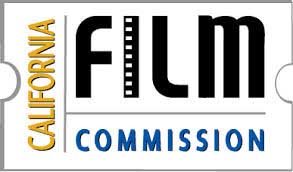![]()
 The California Film Commission released its annual report on the progress of the state’s film and television tax credit program yesterday. Facing fierce competition from states with more generous tax credit programs, like Georgia, Louisiana and New York, California’s Senate is currently considering bill AB 1839 (the California Film and Television Job Retention and Promotion Act of 2014), which would greatly expand and extend the program.
The California Film Commission released its annual report on the progress of the state’s film and television tax credit program yesterday. Facing fierce competition from states with more generous tax credit programs, like Georgia, Louisiana and New York, California’s Senate is currently considering bill AB 1839 (the California Film and Television Job Retention and Promotion Act of 2014), which would greatly expand and extend the program.
Overall, the commission reported that since its inception in 2009, the $700 million awarded in tax credits has resulted in $5.49 billion in direct spending in the state, including an estimated $1.72 billion in qualified below-the-line wages, however, “Due to the limited availability of tax credits, the program is substantially oversubscribed and cannot meet demand. As a result, California continues to lose overall market share, and has in-effect forfeited certain types of productions.”
This year, the report includes data on projects that applied to the program but were denied due to insufficient availability of tax credits. Of those projects that were subsequently produced, a small minority elected to shoot in California without benefit of the program. Instead, the overwhelming majority of projects denied for California tax credits opted to shoot outside the state in jurisdictions where tax credits are available. From 2010-2014, such runaway projects accounted for nearly $2 billion in production spending outside California.
In terms of big-budget feature films, the commission found that of the 30 tent-pole ($75 million+) films released in 2013, only two were filmed primarily in California.
While scripted television drama series production has grown substantially in recent years, California has lost both production volume and market share. The number of one-hour TV series produced rose 73% overall from 2005 – 2013, yet the number of such shows produced in California hit a record nine-year low in 2013. California’s market share declined from 65% (51 out 79) of all one-hour TV series produced in 2005 to just 28% (39 out of 137) of all shows in 2013.
Since the launch of the program, six TV series have relocated to California from other states. Each year the CFC receives applications from many TV shows seeking to relocate; only those selected to receive a credit have actually moved to California.
The California Film Commission allocates up to $100 million in tax credits every year based on a lottery system. Bill AB 1839 would extend California’s tax incentive program for five years, and open it up to big-budget studio films, network TV shows and shows shot for online OTT distributors like Netflix, Amazon and Hulu.





